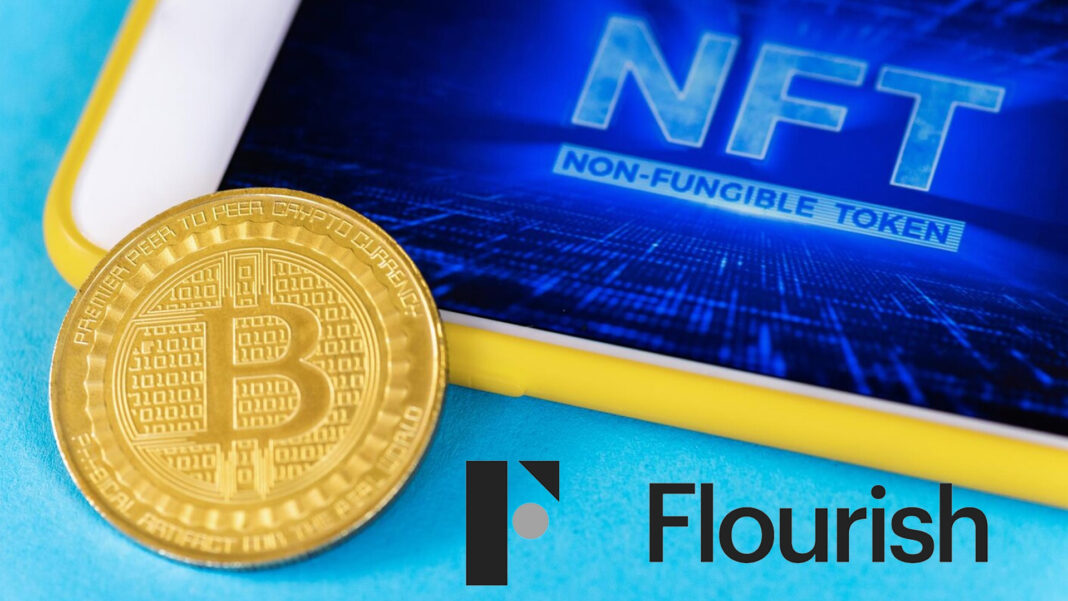- Bitcoin NFTs gained traction in the eyes of NFT collectors in the last few years.
- These layers make the minting and exchange of NFTs of Bitcoin inexpensive, sustainable and scalable.
The Bitcoin NFT ecosystem saw a boom in NFT recently, which was not known to anyone a few months ago. People are asking one question: would it cross the level of $4.5 billion in market capitalization by 2025?
Bitcoin suddenly gained traction in the eyes of the creators and holders of digital collectibles. These NFT tokens do not have the straightforward tokenization process that is found on other networks. Moreover, bitcoin blockchain provides users with the facility to secure, scale and stabilise their NFT.
Most of the public was unaware of Bitcoin’s NFT, but its growth has gained the traction of the public in the last few years. The first token from bitcoin was launched as “Rare Pepes”.
The token of Bitcoin was launched in September 2016. These NFTs are minted by Counterparty, it is an open source protocol built on Bitcoin. Counterparty is one of the few where one can generate NFTs and due to the limitations of its script language, it gave Rare Pepes less flexibility and utility.
How Bitcoin NFT Works
As the programmability of NFT’s base layer is limited, which difficulties the making of it on mainchain. A fresh example of it is bitcoin ordinals. Bitcoin ordinals are generated using new numbering schemes that attach a number to each Satoshi (SAT) on bitcoin network.
Bitcoin Ordinals
In ordinals, SATs have assigned numbers to NFTs so that they can be mined and allow exact tracking and verification of them. If any technical glitch happens and sats move to a different wallet, then also the ordinal number remains the same. In addition to ordinals and other base layer innovations, new NFts can be created with layered solutions that are built on top of bitcoin.
These layers make the minting and exchange of NFTs of Bitcoin inexpensive, sustainable and scalable. These layers can also execute smart contracts and finally settle transactions on the base layer.
Utility of NFTs
The use of NFTs in Bitcoin is different from other ordinary tokens. These are:
- Digital art and music: A user can prove sole ownership on the blockchain of art work and audio by converting them into exclusive digital tokens.
- Collectibles: The digital items have their value from their utility and scarcity and one can represent affiliation with them through Bitcoin DAO.
- Gaming: Gamers can convert their in-game items into assets and create a full economy for themselves. These blockchain games are known for play and earning.
- Virtual real estate: The uniqueness of the token gives it a great place in the metaverse and proves a positive sign of virtual land.
- Identity: One can use their NFT with a decentralised identity and domain name.
- Real world property: One can have ownership of any art work, land , car or any other physical asset by creating a NFt of it on the blockchain.
Conclusion:
The Bitcoin NFTs have gained the attention of mainstream people because of their uniqueness and the utility they provide to users. They will have true potential for the future and their price will also increase in the future, according to various analysts. It’s interesting to know what the future holds for Bitcoin NFTs.




